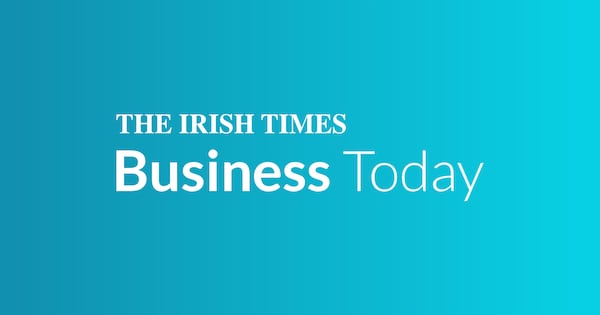The Health Insurance Authority (HIA) plans to increase the stamp duty levy attached to most private health insurance policies by about 10 per cent from April, to continue to fund a decades-old subsidy scheme for older and higher risk citizens with health coverage.
This would see the adult’s levy rise to €517, while that for children will increase to €172, the authority confirmed in a statement on Tuesday. It relates to so-called advanced products, which account for more than 90 per cent of private health insurance policies in the market.
The levy on non-advanced products, which provide an entry level to private health coverage that is typically limited to public hospital access, also face about a 10 per cent increase to €34 for children and €103 for adults.
Under a risk equalisation scheme, introduced in Ireland in 2013, health insurers whose customers have a higher risk profile than the market average, obtain payments from a risk equalisation fund. The fund is part of the Irish “community rating” health insurance system, where everyone pays the same premium for a given policy, regardless of age or health.
READ MORE
State-owned health insurer VHI has been, by far, the biggest beneficiary of the risk equalisation scheme, due to its disproportionately large share of older and sicker customers.
Levy increases are ultimately borne by the 2.53 million individuals covered by health insurance in the State – many of whom have already experienced sharp premium increases in recent years.
The scheme was first granted EU approval in 2003. It has been extended on five subsequent occasions, most recently in March 2022 – for a further five years. The Government is known to be eyeing a 10-year extension of the plan when the current scheme expires – subject to approval from the European Commission.
“Without the REF, older or less healthy consumers could face significantly higher premiums, or insurers might avoid covering them altogether,” said Brian Lee, chief executive of the HIA. “These changes help maintain a fair and inclusive health insurance system for everyone.”
Still, the scheme has faced complaints from Vhi’s rivals in the market over the years.
Indeed, UK health group Bupa, which entered the Republic in 1997 to end Vhi’s monopoly, blamed the risk equalisation scheme when it decided in 2006 to exit the market and sell its business to Quinn Group. That business, now known as Laya Healthcare, has since been sold a number of times. It was bought by Axa Ireland two years ago.
VHI has a 48.3 per cent share of the health insurance market, according to Health Insurance Authority data, while Laya is the second largest player, with a 28.1 per cent slice of activity.
Irish Life Health is behind 20.3 per cent of policies in Ireland.
The levy increase comes a year after a fourth insurer, Level Health, was set up in the market. Level Health is a joint venture between Aviva in Ireland and a group health insurance veterans, including Jim Dowdall, Oliver Tattan, Stephen Loughman and Ruth Bailey.
The HIA puts Level Health’s market share at 0.7 per cent. The remaining 2.6 per cent of the market is attributed to restricted membership undertakings, which provide coverage to members of a common occupational group.












